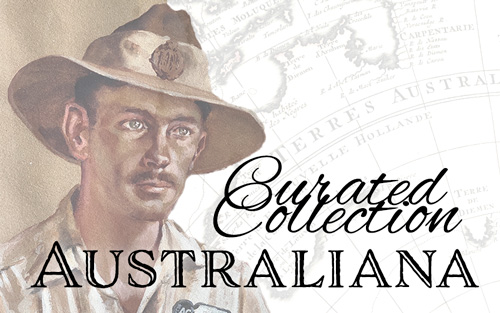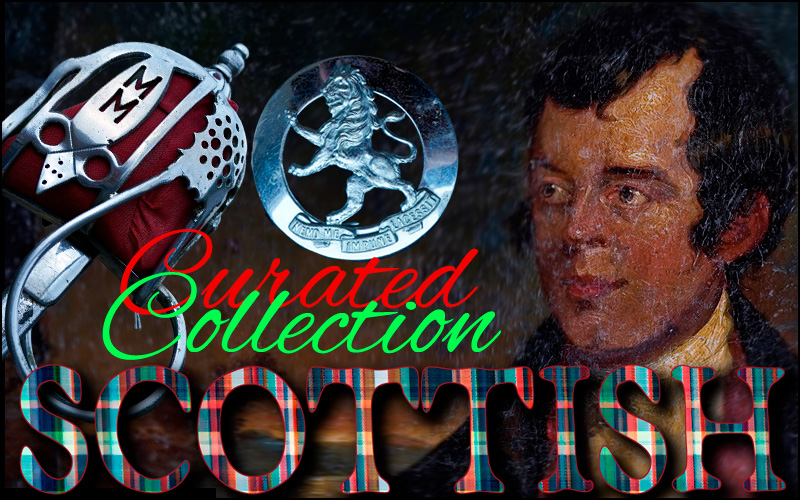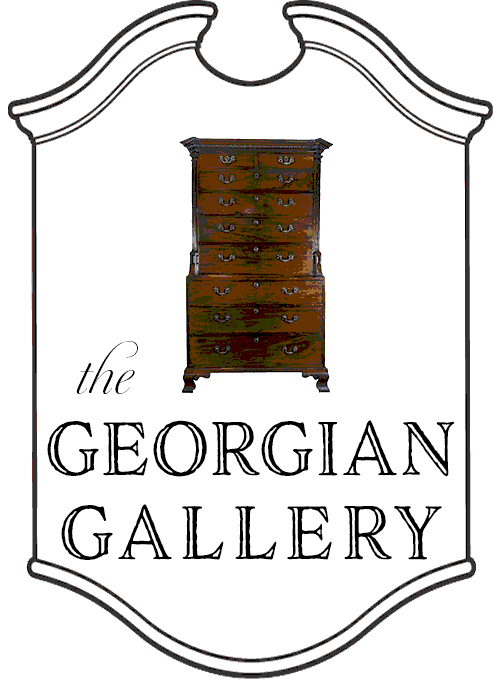Humour is a funny thing. We always groaned at our parents jokes; they were so old-fashioned & not funny. Now my kids do the same to mine – today, humour is rapidly moving on, along the evolutionary path to the greatest possible laugh. I just don’t get a lot of it. lol.
Looking back, the old humour of previous centuries is just as odd. Moorabool has a fantastic selection of ‘ceramic laughs’ to share in our upcoming exhibition. Most are Staffordshire figures, or the German porcelain ‘fairings’ – cheaper clumsier models, the humour often risqué and bad-taste. This ‘cheap’ appearance would suggest that the people laughing were the poorer folk. However, this is clearly not the case, as we have some very rare porcelain versions of the same subject as the Staffordshire pottery models, and they are sophisticated and would have been expensive.

The Cobbler & his Wife,
otherwise known as Jobson and Nell, comes from a Georgian popular poem. It was immensely popular, re-printed many times throughout the second half of the 18th century and well into the 19th. The story is simple; the village cobbler, Jobson, was a bit of a drinker, and went on the occasional binge. When this happened, no shoes got mended. When the village parson desperately needed his shoes done for Sunday, Jobson ‘left him in the lurch’, stating that the Parson could do them himself – because he was well used to ‘cobbling soles’ …. and that’s the humorous bit: the play on words between soul and sole. A cobbler and a Parson being practically the same in their careers.

Of course, the poem goes on another dozen verses, with his wife Nell seeking to blackmail him into behaving by giving him no supper; Jobson resolves this by pinching the Parson’s roast beef dinner for himself! The Parson runs around until he finds his roast beef in Jobson’s house,
“When he found his roat Beef / It gave him relief / To think he his meal should not lose / Down together they sat / And eat both lean and fat / And forgave Jobson keeping the Shoes. “
Quite slapstick, and not producing many belly laughs today, the poem would have perfectly suited a pantomime – for which purpose it was adapted. There were numerous variations of the pottery figures produced in Staffordshire, and surprisingly they were also one of the earliest figures in the Minton Factory shape book of the 1820’s. While the Staffordshire examples are often crudely potted and would not have sold for much, the pottery examples we have are as good as they get. Dating to circa 1800, they are well modelled and well coloured, and have the unusual feature of the names of each character impressed into the front of their plinth.

The Minton example is in the factory’s bone china body, a beautiful creamy white. The colours are well done, and there is the added expense of gold, which would have instantly vastly inflated the price. The form is also interesting; it follows a metal ‘chimney piece’ shape, where small metal ornaments cast as a flat panel were placed on the narrow shelf of a mantel piece. There are only a handful in the Minton shape book, and they are rare at other factories also; obviously they were a breakable product, not a suitable substitute for the usual cast brass ornaments.

The second Minton porcelain chimney piece that Moorabool has is ‘The Friar’. (They came together, and bear the Australian Antique import seal of the 1920’s-30’s …. nice to think they have always been together since they were purchased new almost 200 years ago) This curios piece is yet another enigmatic piece of early humour. Along the plinth runs the verse “PRO OMNIBUS BIBO”, which translates as “I drink for the benefit of all“. Funny? almost, in the context of a friar being there to serve the community. There is much more to this story, though, in the form of a tale that comes from the popular folk tales of the ‘wandering Jew’. In this tale, ‘Pro omnibus bibo’ was the ‘song sung in solo’ by one of the monks at a great monastery the wandering Jew visited in France. All the brethren had been confined to their beds by sickness, leaving the single friar to go through the devotions all by himself….. including consuming the entire allocation of ale usually divided amongst his comrades! This image of a stout friar swigging directly from the barrel must have really amused people at the time. The image we have traced to a frontispiece on a song sheet published in 1830, the words by E. Whatmore, the music composed by Edward Schultz.
Imagine… pre-TV, pre- internet, the family gathering around the piano to sing a jolly funny song about a friar that liked to drink a lot. What fun we miss out on these days! lol/ (;
These & more exciting pieces will be a part of our 2015 Exhibition & Sale of Recent Acquisitions, to be held in Geelong, opening March 28th at 11.







